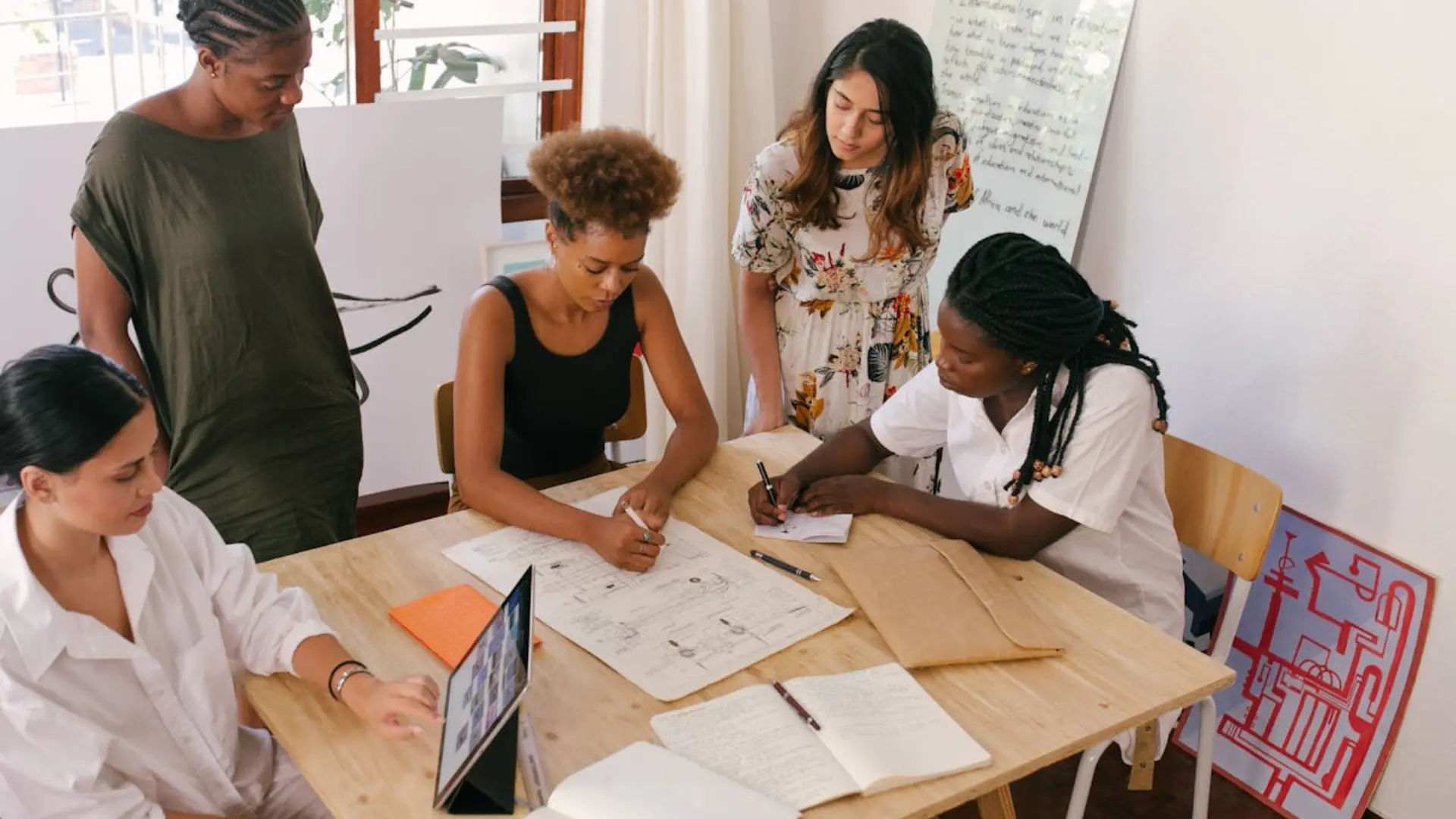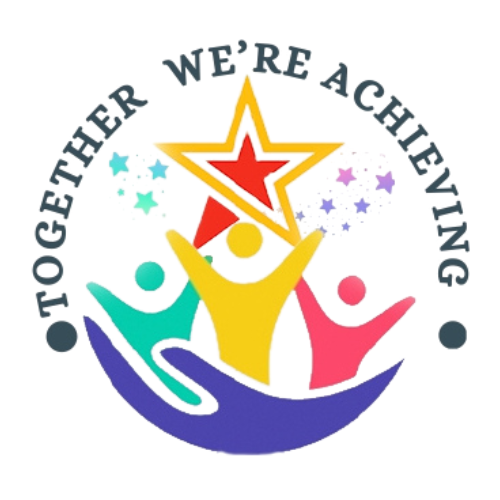
Why Financial Literacy is the Key to Breaking Generational Poverty
In many marginalized communities, poverty is not just a moment — it’s a cycle that can continue for generations. What’s often overlooked in the fight against systemic inequality is the power of financial literacy. At Together We’re Achieving (TWA), we believe that knowledge is one of the most important tools for transformation. When people understand how money works, they can make informed decisions, avoid debt traps, and begin to build wealth — no matter their starting point.
The Cycle of Poverty: More Than a Buzzword
Poverty is a multifaceted issue. It’s not just about low income — it’s about the lack of access to opportunities that help people improve their financial condition over time. These include education, affordable financial services, access to credit, and basic financial knowledge.
For many families, especially within Black and Hispanic communities, financial hardship is generational. Children grow up watching their parents live paycheck to paycheck, without learning how to budget, save, or plan for the future. Without intervention, these patterns continue into adulthood.
Financial Illiteracy: The Hidden Barrier
Financial illiteracy is the silent barrier that prevents millions from escaping poverty. It affects how people handle money day-to-day, and how they plan long-term.
According to the FINRA Investor Education Foundation, many Americans — especially from low-income or minority backgrounds — struggle with basic financial concepts like budgeting, saving, credit management, and debt reduction. And it’s not because they lack intelligence or ambition — it’s because these topics are often never taught.
In under-resourced schools, financial education is rarely a priority. In communities where banking access is limited, people often turn to high-fee services like payday loans or check-cashing outlets — creating a cycle of dependency and debt.
What Financial Literacy Really Means
Financial literacy is more than knowing how to write a check or track expenses. It means understanding how to:
- Create and stick to a realistic budget
- Build an emergency savings fund
- Understand and improve a credit score
- Avoid predatory lending practices
- Make informed decisions about loans, credit cards, and debt
- Plan for major life goals like education, homeownership, or retirement
These skills don’t just improve individual financial health — they transform families, strengthen communities, and contribute to broader economic stability.
TWA’s Approach: Education + Action
At TWA, we’ve seen firsthand how access to knowledge can change lives. Our programs are designed to do more than just educate — they empower. Here’s how:
1. Year-Round, Free Programs
We don’t offer one-time seminars or crash courses. Our programs run throughout the year and are completely free, ensuring people can join when they’re ready and take their time to learn at their own pace.
2. Credit Repair Services
Education alone isn’t always enough. That’s why we pair financial literacy courses with hands-on credit repair support. We help participants pull and understand their credit reports, identify errors, and build action plans to improve their credit scores — which can open doors to better housing, lower interest rates, and more opportunities.
3. Community-Based Learning
We know that people learn best when they feel safe, seen, and supported. Our centralized learning center and community partnerships allow us to deliver education in a culturally relevant, trusted space — whether in person or online.
4. Real-Life Application
Through workshops and simulations, we help participants apply what they learn in real-world situations: building a monthly budget, negotiating debt payments, applying for loans, and using digital banking tools securely.
Why This Matters More Than Ever
With rising inflation, student loan debt, and economic instability, the stakes have never been higher. Low-income households are disproportionately affected by financial shocks. A car repair, medical emergency, or job loss can set families back months — or even years — if they don’t have savings or a financial plan in place.
A 2023 Federal Reserve report found that nearly 40% of Black and Hispanic households would struggle to cover a $400 emergency. That’s not just a statistic — it’s a sign of deep-rooted economic insecurity.
TWA is working to change that. One workshop at a time, one conversation at a time.
Financial Literacy as a Form of Liberation
When people know how to manage money, advocate for themselves financially, and plan for their future, they’re no longer trapped by circumstance. They gain agency. They gain choice. They gain hope.
Financial education isn’t a luxury — it’s a necessity. It’s healthcare. It’s housing. It’s opportunity.
And it should be free, inclusive, and accessible to all — just as we do at TWA.
How You Can Help Break the Cycle
- Join a Program: If you’re looking to improve your financial skills, explore our upcoming sessions.
- Spread the Word: Share our mission with friends, family, or anyone who could benefit from free financial literacy.
- Support Our Work: Donate, volunteer, or partner with us to help expand our reach.
- Become a Community Advocate: If you’re a leader or educator, we can bring TWA’s resources to your community.
Final Thoughts
Breaking generational poverty doesn’t happen overnight — but it does happen when people are equipped with the tools and support they need to succeed.
At Together We’re Achieving, we believe that everyone deserves a chance at financial freedom — and we’re here to walk with our communities every step of the way.
